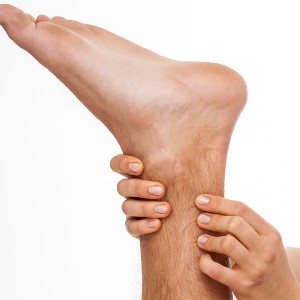When a patient who is experiencing pain enters my office, one of their most common questions is: “How do you know where the pain is?”
Here’s what I tell them:
Imagine your body as a bag of soup with multiple layers.
Now picture pressing your finger into that bag of soup…
…What happened to your finger?
Well, your finger would be absorbed by the bag of soup. But if you remove your finger, the bag would return to its original shape, wouldn’t it?
Typically, in a healthy individual, it’s always the same process: your finger gets absorbed when you press it into a bag of soup. And when you remove it, the soup returns to its original shape.
So what does a bag of soup have to do with pain?
Here’s the secret sauce: I can find pain when your soup pushes me back.
Nothing in your soup should push me back. So if this happens, it signals to me that there is a density of tissues in this area.
Why does that matter?
Well, densities are created when force (vectors) goes through the body, i.e. trauma. Force vectors and trauma are blind to what type of tissue it is. So it will make anything in its path become more dense.
In Chinese medicine, “stagnation” is turbulence or an obstruction within your soup. And this is seen as a potential pathology. Because in a healthy body, liquids need to be free flowing and unobstructed.
When there are densities, liquids are forced to move around the problematic stagnated areas, which then causes more long term complications.
So by locating where the bag of soup does not move, I can quickly detect pain and track the problem.
In fact, my master once told me: “if you can touch the pain, you can fix the pain.”
Stay tuned for part 2 where you’re going to learn how to distinguish between the layers of soup.





Leave a Comment
You must be logged in to post a comment.